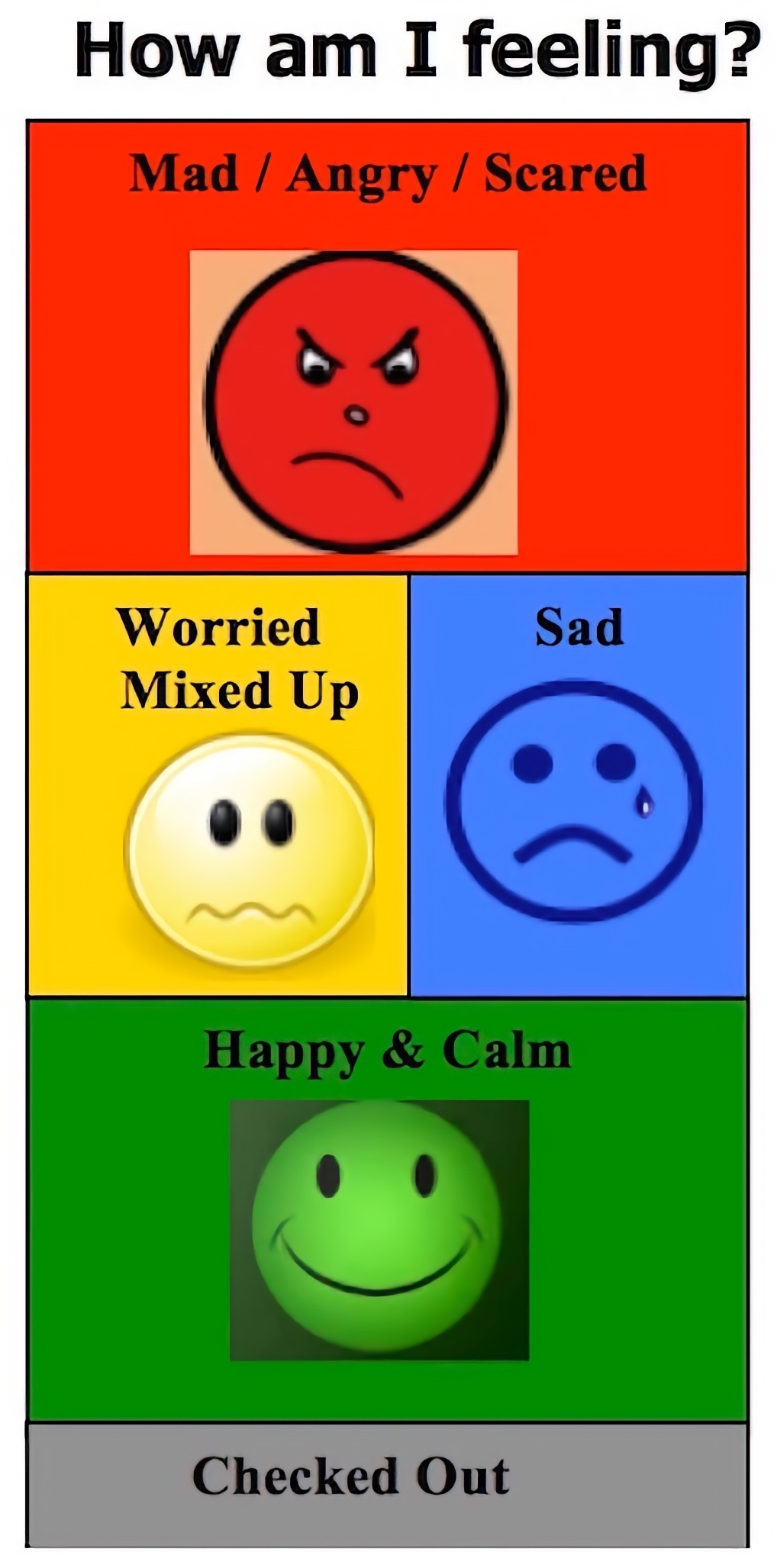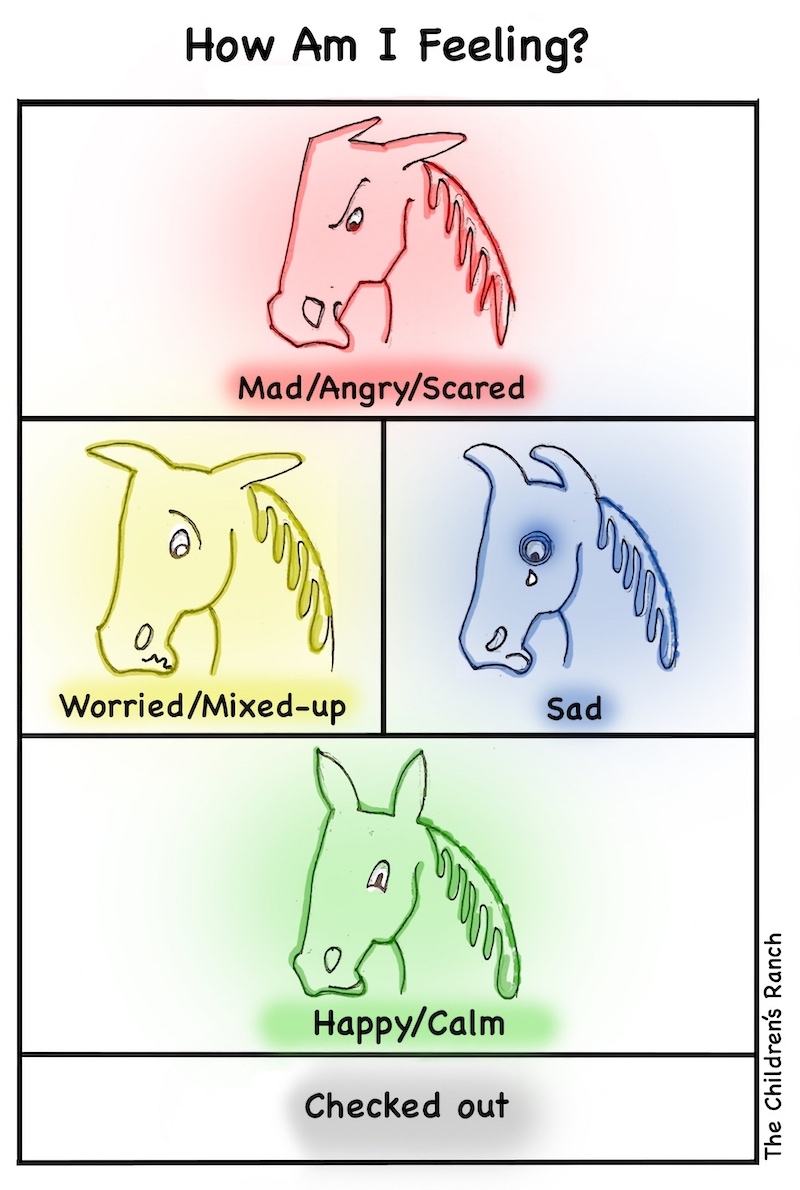Reflections From My Residency: When did we realize that humans and animals have an emotional bond?

February 12, 2019
by Antonietta
In today’s culture, where people dress their dogs up for Halloween and get baby strollers for their cats, this may seem like a silly question . . . but when did we realize that humans can have an emotional bond with animals? The debate in “pop culture” can be traced back to 1765 when Jean-Baptiste Greuze completed an intricate portrait in oil paints of a young woman and a dead bird (see below). Each component of this painting isn’t odd for the time period, but what stirred the pot was the young woman’s expression. You can see she looks devastated. From our modern perspective, it is obvious this because her darling pet bird died, but in the mid 1700s it was not part of the zeitgeist to think animals were something you could have an emotional bond with. Jean-Baptiste Greuze observed the people around him and started to challenge this assumption with his painting.
![Greuze, J. (1765). A Girl with a Dead Canary [Painting]. Scottish National Gallery, Edinburgh, Scotland.](https://chan.usc.edu/uploads/student-blogs/antonietta-animals-humans-emotional-bond-feb2019-1.jpg)
Greuze, J. (1765). A Girl with a Dead Canary [Painting]. Scottish National Gallery, Edinburgh, Scotland.
This conversation swirled around for about a hundred years and in 1890 Paul Meyerheim added to the next iteration. He painted “The Jealous Lioness” (see below). His challenge was not only that humans and animals can have an emotional bond, but that animals actually have their own emotions. And not just simple emotions like happiness and boredom, but complex ones like jealousy. This painting illustrates the beginning of the big shift to the modern perspective of how we think about animals.
![Meyerheim, P. (1885-1890). The Jealous Lioness [Painting]. Städelscher Museums-Verein, Frankfurt, Germany.](https://chan.usc.edu/uploads/student-blogs/antonietta-animals-humans-emotional-bond-feb2019-2.jpg)
Meyerheim, P. (1885-1890). The Jealous Lioness [Painting]. Städelscher Museums-Verein, Frankfurt, Germany.
Ok, so how do I know all of this? It started one night during a conversation over dinner with my dad. I was feeling pretty beat from work and Papa asked me about my day. We had had a student at The Children’s Ranch who was struggling. He loved our animals but was not able to keep his body calm and safe around them. We had been using a tool with him, a modified zones of regulation meter, to check in with how he was feeling. It was also intended to teach him how to observe our horses and chickens to see how they were feeling. I’d brought home one of our pocket sized, laminated meters by accident and so I pulled it out and showed my dad (see below). He looked quizzical . . . “but if you’re starting the discussion with the animal’s emotions, then why are the faces emoji’s? Why not have drawings of what the horses actually look like when their emotions change?”

A project was born! My dad (Carmine Iannaccone) is an artist and professor in the Master of Fine Art program at Claremont Graduate University. He is the one who taught me about the two paintings in the beginning of this blog because visual culture is something he studies and is a theme he has been creating artwork around for years. He has this amazing ability to connect almost anything to visual culture, which makes our conversations fascinating and rich. So anyways, the project: a meter which features horses faces showing the different zones. Papa did the drawings, I collated and colored them in Photoshop and now we have a tool which is even more effective than the original (see below). Because humans undoubtedly do have a bond with animals, children are immediately fascinated by the horse meter. When I first show them the little card, they frequently take it right out of my hand to stare at the pictures . . . and then the questions about our horses start rolling in:
“What makes Dove sad?”
“How can I make Storm happy?”
“How can you tell that Pepper is scared?”
“Why is Cody so worried?”

There is always buy-in. The meter flows naturally into and out of our conversations. It is a tool we use together to teach and learn about our animal companions. This collaboration with my dad continued. Inspired by the work of Greuze and Meyerheim (the painters I discussed above), he came to the Ranch every Friday for a semester . . . but more about that in my next post!
⋯
Next by tag What are OS/OT? ⟩
⋯





